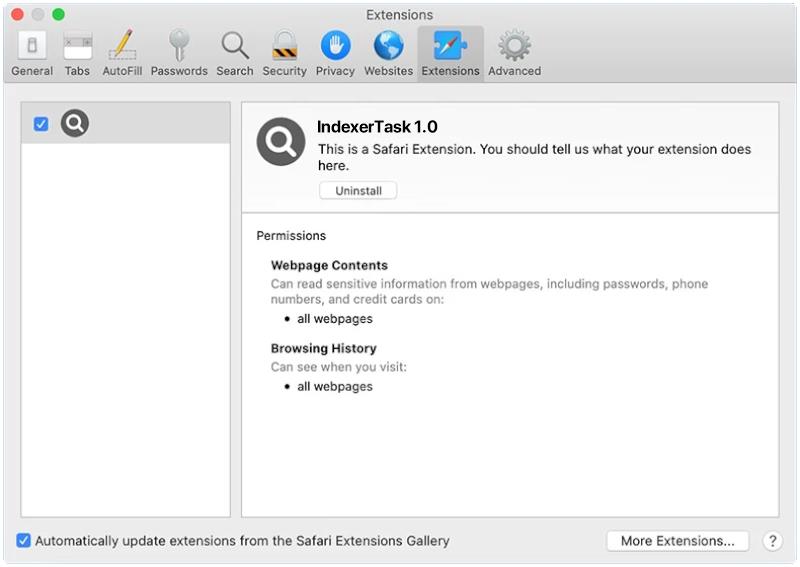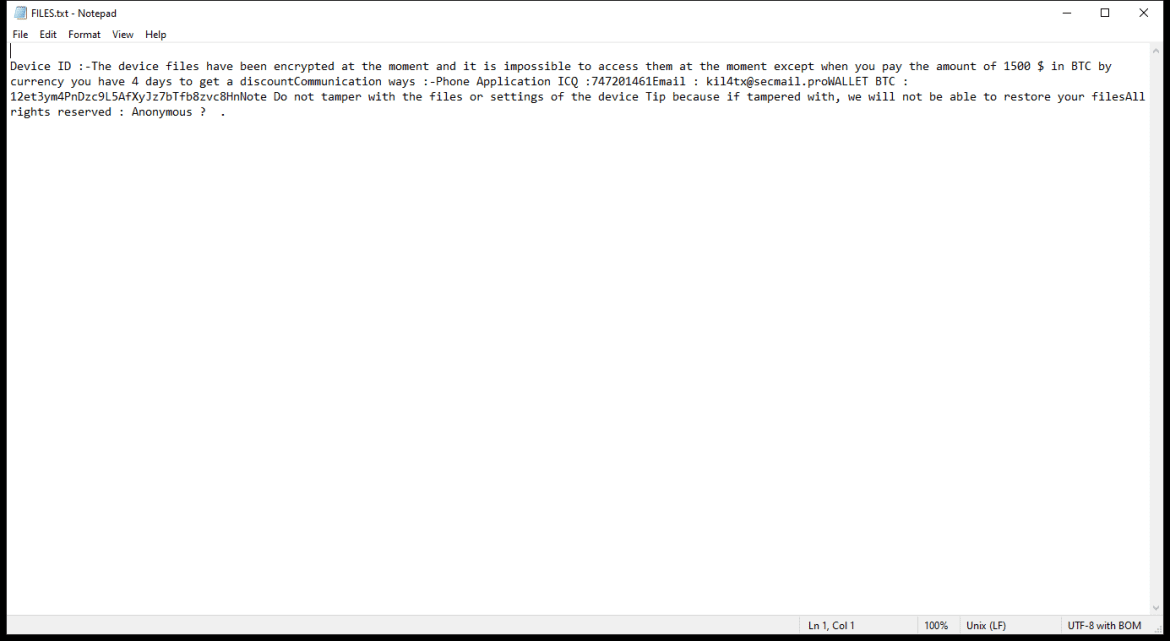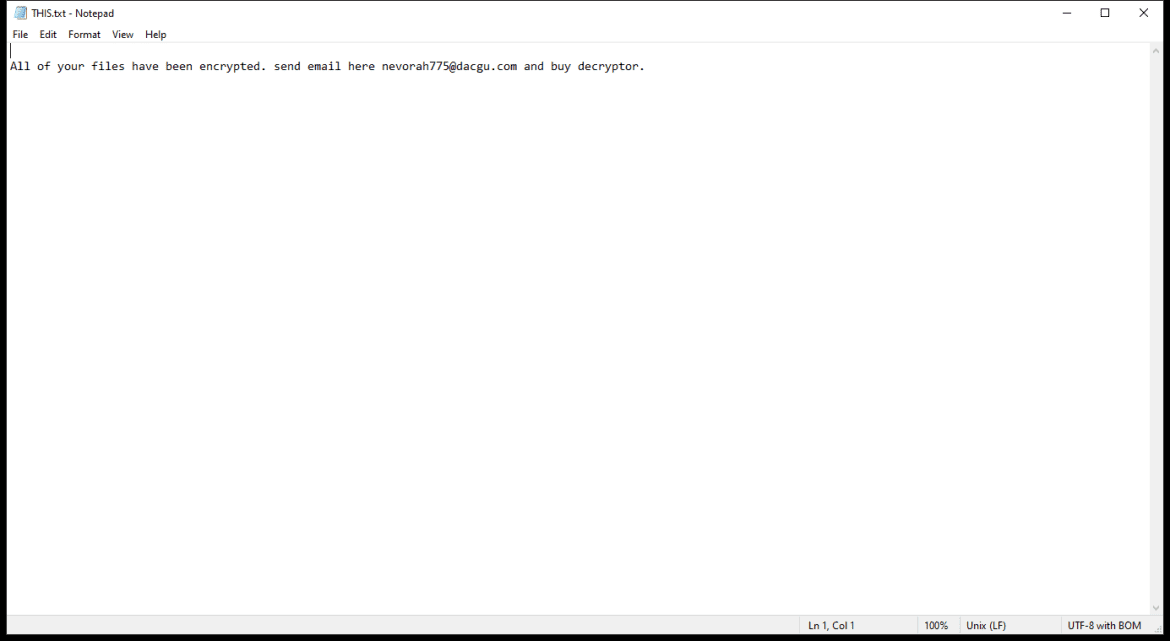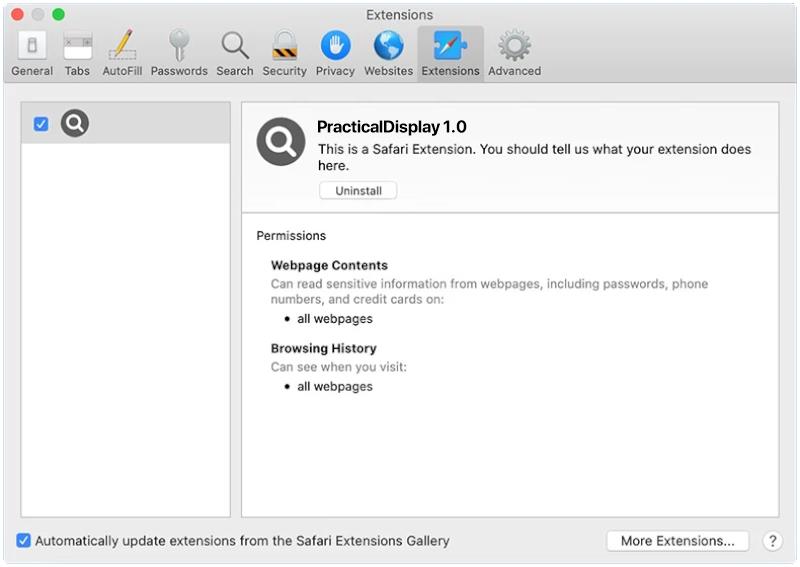IndexerTask is a type of malware that specifically targets Mac devices. It is designed to infect the operating system and disrupt the normal functioning of the device. IndexerTask is known for its ability to hide within the system, making it difficult for users to detect and remove.
IndexerTask typically infects Mac devices through malicious downloads, email attachments, or phishing scams. Once installed, IndexerTask can gather sensitive information, track user activity, and potentially give cybercriminals remote access to the infected device. It can also slow down the performance of the Mac and cause system crashes. Users should be cautious when downloading files from unknown sources and regularly update their security software to protect against IndexerTask and other malware threats.










